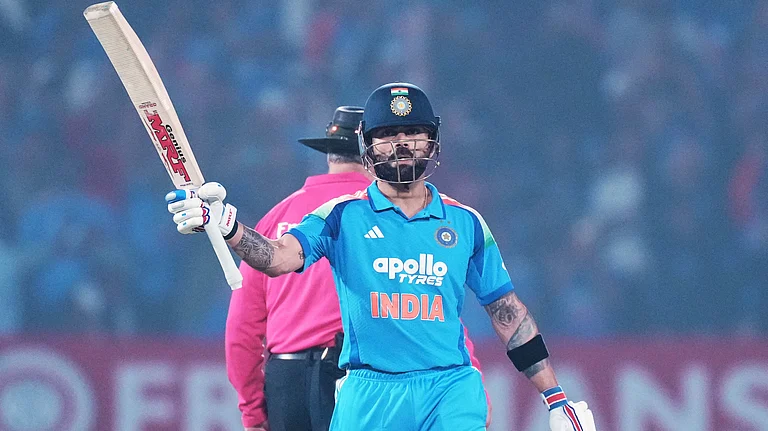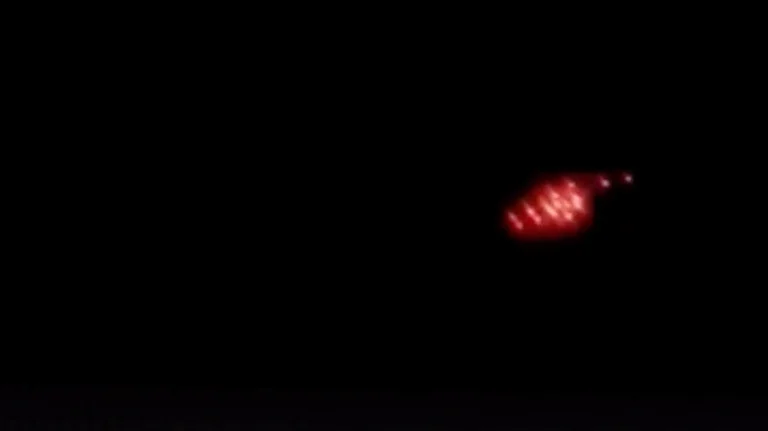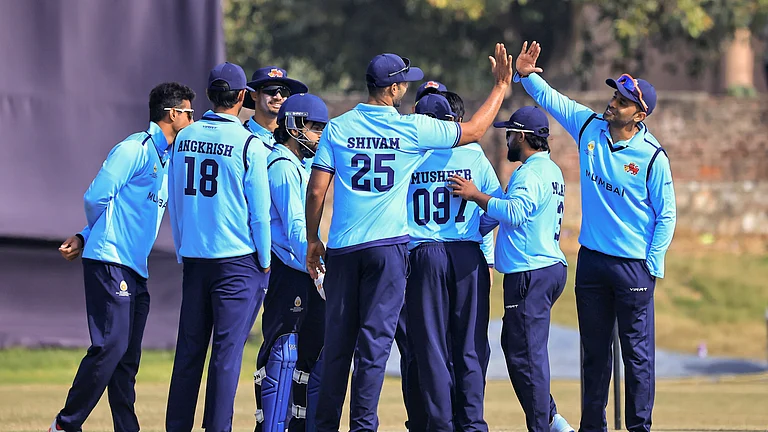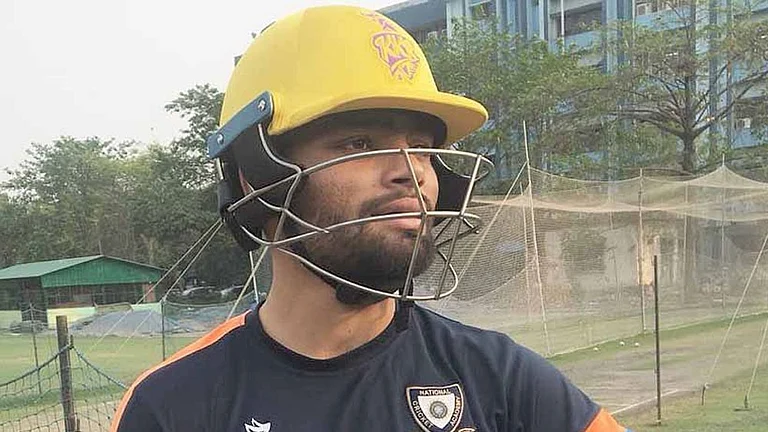India's Chandrayaan-3 is all set to create history by attempting to soft land the Vikram Lander with the Pragyaan rover in its belly near the moon's south pole.
The country will go through one of the most critical twenty minutes on Wednesday, when the Vikram lander goes in to attempt a soft landing on the moon surface in the evening.
'Critical' 20 minutes:
The ‘twenty minutes’ of Chandrayaan-3 journey are being described as critical which will finally decide the outcome of the lunar mission.
It was on August 1, Chandrayaan-3 was pushed towards the moon on its 3.84 lakh kilometre journey.
On August 5, the Chandrayaan-3 satellite gently entered the moon's orbit and settled in where it got acclimatised for many days.
Later, in a crucial maneuverer, the propulsion module and the Vikram lander with Pragyaan rover separated on August 17 - when the satellite was in a 153 km by 163 km orbit.
The Propulsion module continues its journey around the moon in a 153 km by 163 km orbit.
ISRO said the Vikram lander will be soon brought closer to the moon surface in a 134 km by 25 km elliptical orbit before the powered descent can begin.
Until this point, India has done this process successfully in Chandrayaan-2.
Chandrayaan-3 landing:
On Wednesday, it would be the last 20 minutes would be critical that would be in between the India’s major achievement.
On commands from Bengaluru, the Vikram lander will begin its descent towards the moon surface from an altitude of 25 km.
The Vikram lander will start hurtling towards the moon surface at a velocity of 1.68 km per second which is nearly 6048 km per hour -which is almost ten times the velocity of an airplane.
ISRO has said Vikram lander will then slow down with all its engines firing - but the lander is still almost horizontal to the surface of the moon - this is called the rough braking phase which lasts for about 11 minutes.
Later, ISRO has said the Vikram lander will be made vertical to the moon surface, with this begins the 'fine braking phase'.
It was in the fine braking phase, when the Vikram lander during the Chandrayaan-2 launch went out of control and tumbled to a crash.
At 800 meters above the moon surface, both the horizontal and vertical velocities come to zero and the Vikram lander hovers above the lunar surface surveying the landing strip.
The Vikram lander goes down further to stop to hover once again at 150 meters taking images for hazard detection and searching for the best landing site.
It will then touch down on the lunar surface with just two engines firing and the legs have been designed to take a maximum impact of 3m/second or about 10.8 km per hour.
Once the sensors on the legs feel the lunar surface, the engines will shut down ending the critical 20 minutes.


























